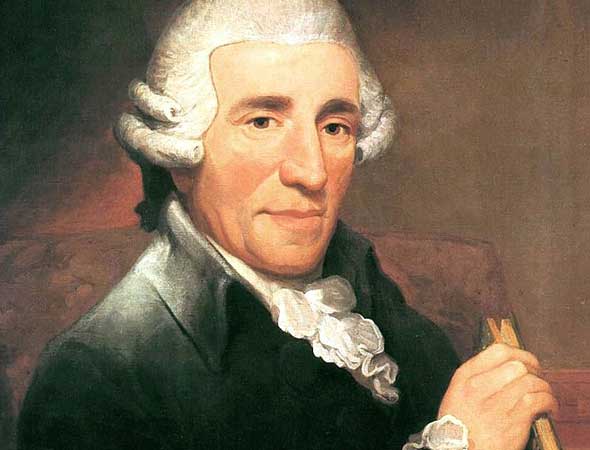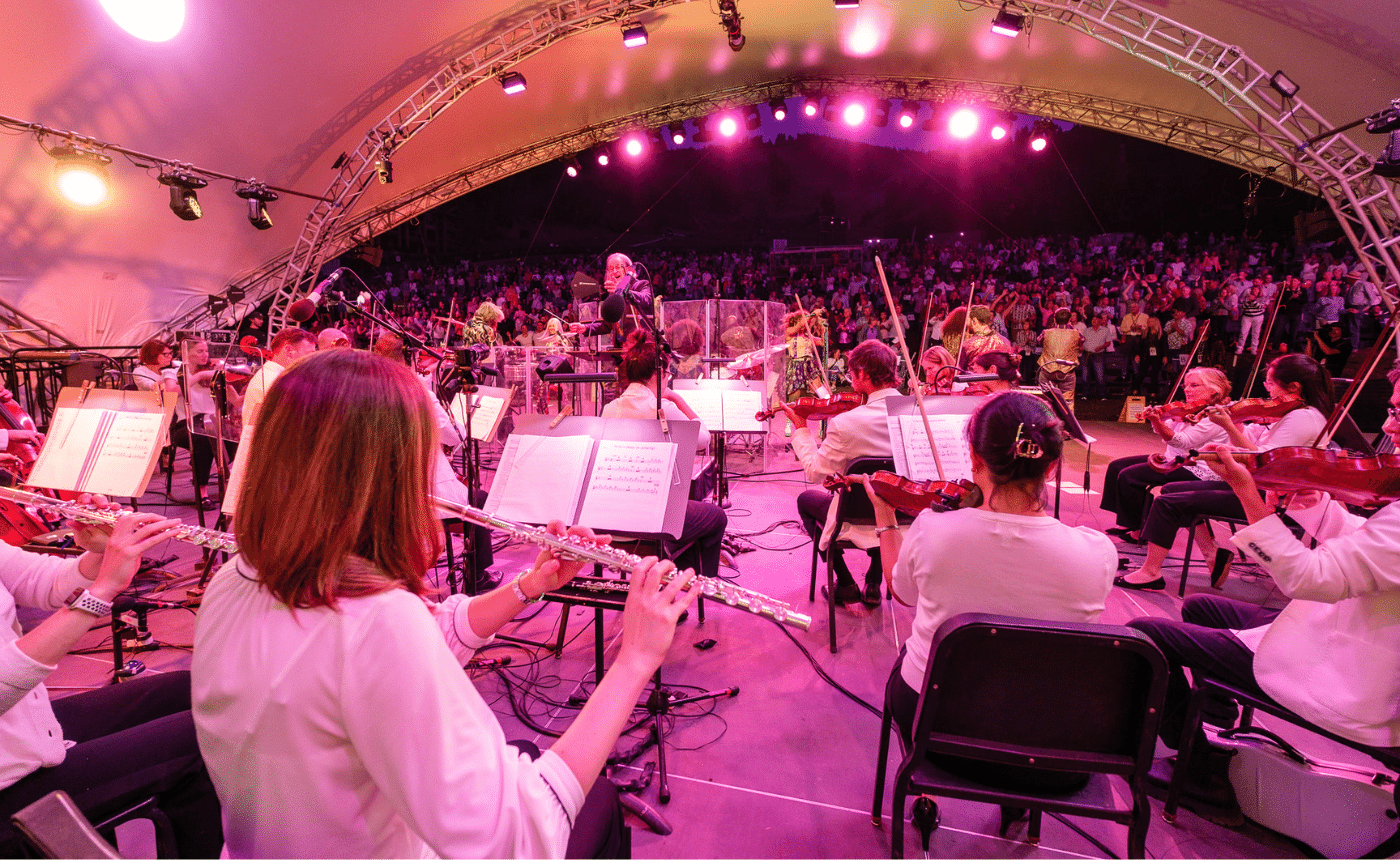HAYDN: Symphony No. 12
by Jeff Counts
THE COMPOSER – FRANZ JOSEPH HAYDN (1732–1809) – Haydn, in 1763, was still only the vice-Kapellmeister at Eisenstadt for the Esterházy family, but his logical ascension to the top job was not far off. Prince Pál Antal had only recently rescued the composer after his previous position in Count Morzin’s court was dissolved for financial reasons, but the prince’s death in 1762 did not negatively impact the growing devotion between the Esterházy family and Haydn. Pál Antal’s brother Miklós was an avid musical connoisseur as well, and he made sure his favored composer, once he became full Kapellmeister in 1766, continued to enjoy a generous environment in which to create new works for the next 24 years.

THE HISTORY – The great majority of those new works were, of course, symphonies. The five early examples Haydn wrote during his Morzin period were a big part of what brought him to the attention of House Esterházy, so a continuation of that genre exploration was highly important to everyone. In fact, of the staggering 104 symphonies Haydn would write during his productive life, 87 of them date from his Esterházy years. That his international reputation grew so steadily during his almost three decades in a relatively remote Hungarian location was thanks in part to the professional flexibility his employers allowed. His duties at court kept him very busy, but Haydn was permitted to take occasional outside commissions like the one that produced the six “Paris” symphonies in 1785–86. Long before those high days of continental fame, however, were the more formative ones. Symphony No. 12 was composed in 1763, within a five-year stretch that yielded dozens of similar works. This extravagant pace of output has made the chronology of the low-numbered symphonies a challenge for scholars, but No. 12 has a firm birth year. On the short side, as Haydn symphonies go, No. 12 comprises three movements and features a central adagio in place of the expected minuet that is somber, harmonically unusual (for the time) and half the length of the entire piece! Despite the inclusion of such an interesting middle movement, academic commentary about Symphony No. 12 often refers to it as a “trifle” or “bit of fluff”. But its admittedly dashed-off-in-a-day character does not detract from its importance in the progression of ideas Haydn was cultivating in his early 30s. He did not invent the symphony form, tempting as it is to think so, but he did perfect it and elevate it to a masterwork status worthy of later acolytes like Mozart, Beethoven, and so many others.
THE WORLD – Elsewhere in 1763, the Seven Year’s War came to an end, Istanbul’s Hagia Sophia was damaged by an earthquake, Russia invaded Circassia in the Northern Causasus, and slaves revolted against their Dutch masters in Guyana.
THE CONNECTION – Though they regularly perform Haydn Symphonies on the Masterworks Series, these concerts represent the Utah Symphony premiere of No. 12.












